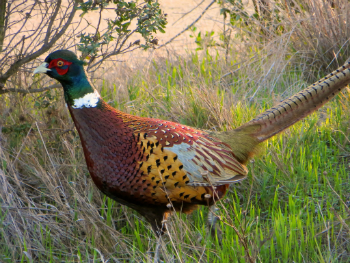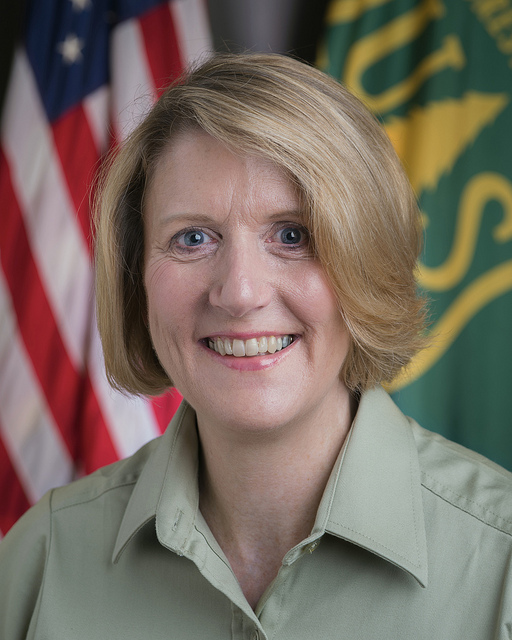NACD PROMOTES STATE FOREST ACTION PLANS
This fall, NACD is connecting state conservation district association leaders with state forestry agencies across the country in an effort to get districts more involved in planning State Forest Action Plans.
NACD and the National Association of State Foresters (NASF) have worked together in recent years to explore ways to connect state leaders. The effort is the result of 2015-16 survey data, which showed only 30 percent of conservation districts and 58 percent of state association executive directors were aware of their state’s plan.
“Those numbers weren’t good enough,” Steve Hedstrom, NACD Forestry Resource Policy Group (RPG) Chairman, said. “We decided to make a commitment to change those figures because we want districts at the table, and we think we can help state foresters carry out these plans, too.”
With the 2008 Farm Bill, Congress tasked states and territories with assessing all the forests within their boundaries and developing strategies to improve the health, resiliency and productivity of those forests. The first plans were released in 2010, and a five-year review was conducted in 2015. In June 2020, each state will release an updated 10-year plan.
Many states are beginning to gather partner input for the 2020 plans already. When plans are completed, conservation districts and other partners may be asked to help communicate plan objectives to local and state policymakers as well as the general public.
Hedstrom said the NACD Forestry RPG will continue to discuss ways to support State Forest Action Plans and strengthen conservation district and state forestry agency relations.
State Forest Action Plans can be viewed on the Joint Forestry Team website under the “state partnerships” tab. Visitors can click on their home state for a directory of state forestry leaders and links to the State Forest Action Plan, State Wildlife Action Plan, and the state forestry memorandum of understanding, if one exists. NACD is a member of the national Joint Forestry Team, along with NASF, the U.S. Forest Service and the Natural Resources Conservation Service (NRCS).





